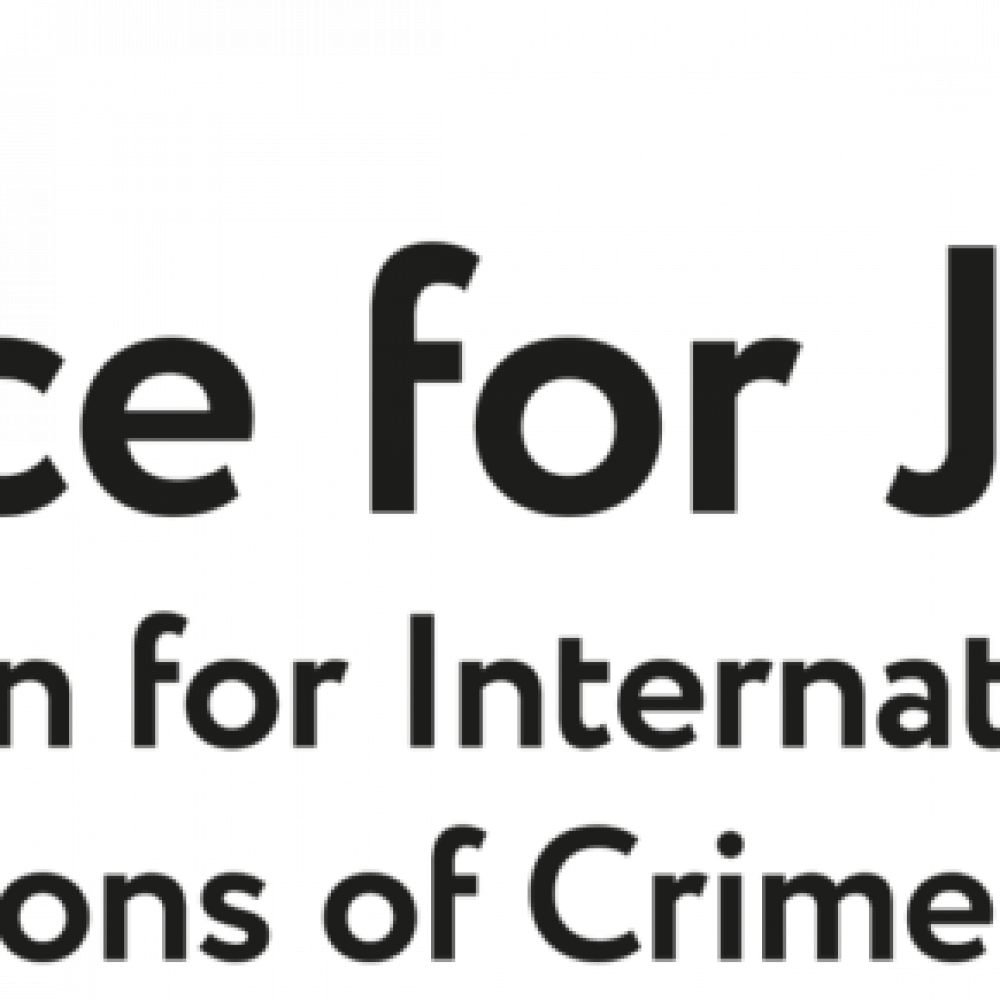London, 3 May 2020 – Today, to mark World Press Freedom Day, the Justice for Journalists Foundation has published the second part of its report on attacks on media workers in post-Soviet countries between 2017 and 2019. This section concerns Armenia, Georgia and Moldova and analyses 694 cases of attacks on professional and lay journalists, bloggers and other media workers. The report is available in Russian and English.
It should be noted that in the three years investigated, no media worker died. While in Armenia the main method of resolving conflicts with journalists was legal action, in Georgia physical attacks prevail, and in Moldova, this is true of non-physical and/or cyber-based attacks and threats. The number of legal cases against media workers in the latter two countries is comparatively low.
“For a fuller understanding of the processes that post-Soviet governments go through, it is important to monitor the level of press freedom in countries, whose populations have chosen democratic paths for development. The analysis of attacks on media workers in Armenia, Georgia and Moldova demonstrate a direct link between the development of civic institutions and the safety of journalistic work”, noted Maria Ordzhonikidze.
There are three main types of attack (further divided into subcategories) against media workers:
- Attacks that endanger life, health and liberty (physical)
- Non-physical and/or cyber-attacks and threats
- Attacks via judicial or economic means
In all three countries, an increase in the number and character of attacks against media workers coincided with political crises. In Armenia, the politically quiet 2019 saw six physical attacks compared to 57 over the previous two years. In Georgia in 2019, during the run-up to the 2020 parliamentary elections and against a background of heightened political activity, the number of physical attacks on media workers increase 13-fold. Moldova faced a political standoff in June 2019, and 16 media workers suffered while reporting on political events and protests in the capital.
After the political situation in Armenia stabilised, attacks against media workers went from the streets to the courts – the number of legal cases against journalists and media organisations increased by a factor of four. Nearly all of these cases concerned defamation and libel in published media work, and in 70% of incidents cases were not brought by authorities, but by ordinary citizens from various sectors of society.
In Georgia, all 48 cases of attacks on the media via judicial or economic means over the three years were carried out by authorities. Their aim was often to change the ownership, management and editorial politics of opposition television channels.
In Moldova, the vast majority of attacks against media workers occur outside a legal framework. The most frequent method for attacks is the illegal obstruction of journalistic activity, unauthorised surveillance, harassment, and cyber and online threats, including death threats.
“In an atmosphere of active political confrontation, when conflicts between different social forces are decided on the streets, media workers are subjected to physical attacks from the police and government bodies. In a more stable environment, methods of pressure come to the fore, including harassment, surveillance, illegal obstruction of journalistic work, including through financial or legal mechanisms”, added Ms. Ordzhonikidze.
The Justice for Journalists Foundation, along with its partners and experts, carries out weekly monitoring of attacks against media workers in twelve post-Soviet countries (all except the Baltic states), the results of which are shown on the Media Risk Map in Russian and English. Data is available from 2017 onwards.
The Justice for Journalists Foundation and the international non-profit organisation Index of Censorship are working together to monitor attacks on media workers and violations of media rights linked to the coronavirus pandemic. The data is available on Index’s website.

